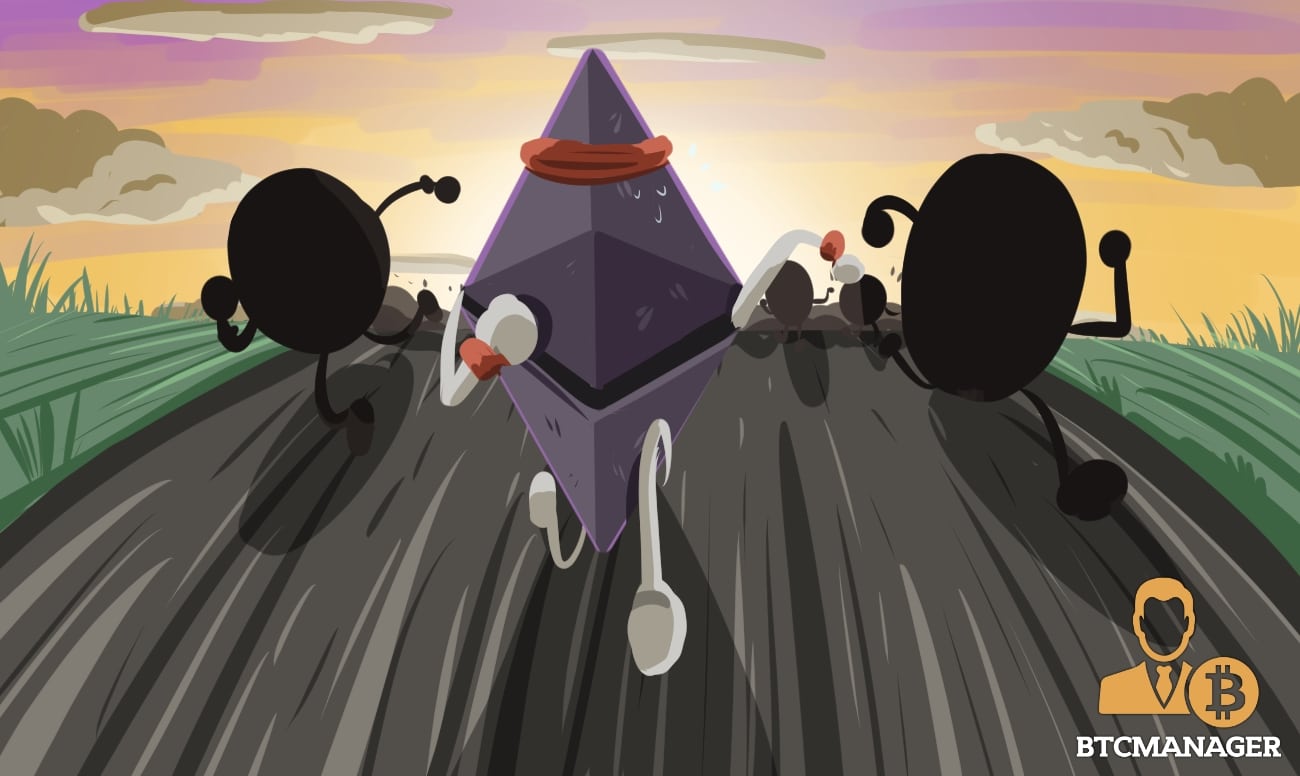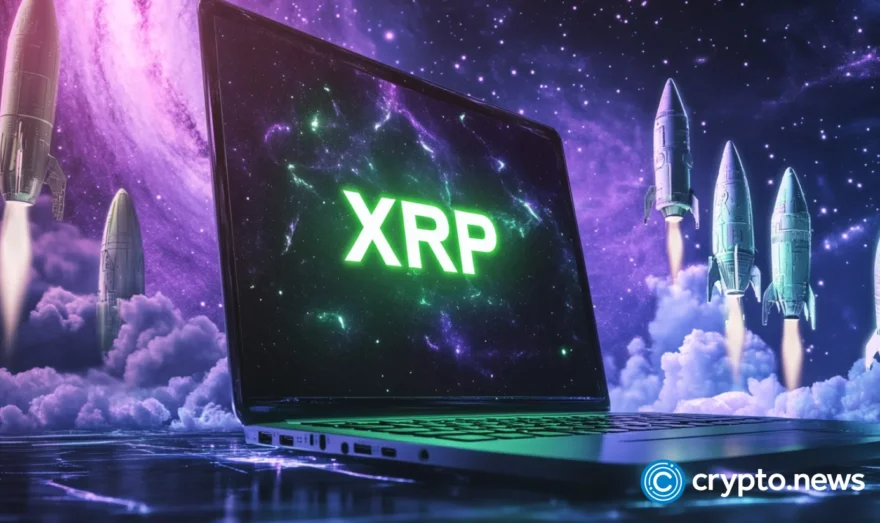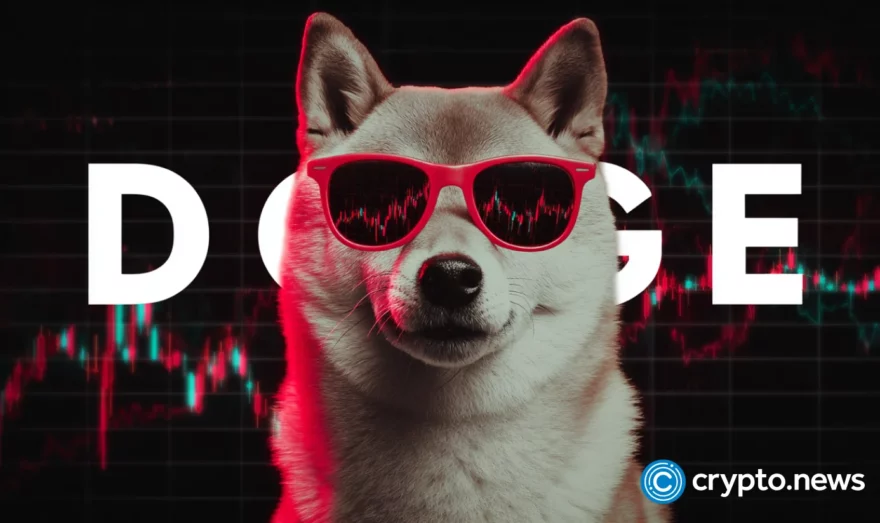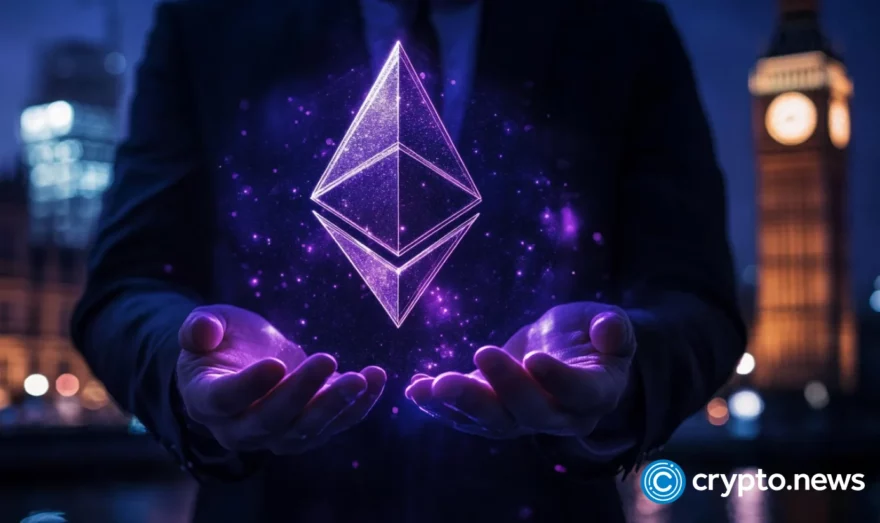The Top Five Ethereum Competitors

Ethereum is the second most valuable cryptocurrency project in the market today. The blockchain computing platform is widely heralded as the beginning of the blockchain 2.0 phase. This is about the fact that its creator Vitalik Buterin further built on the original iteration of the blockchain, the Bitcoin network.
Buterin created a new blockchain network, which was able to support a new type of blockchain-powered innovation called smart contracts. Smart contracts are coded, self-enforcing contractual transactions that have the potential to replace intermediaries in a wide array of human-to-human, human-to-machine as well as machine-to-machine interactions.
Buterin, therefore, introduced a higher level of applicability to the blockchain space through the Ethereum Network. With Bitcoin, it was possible to store and transfer value, but Ethereum provided a platform through which whole blockchain-based ecosystems of different functions could be built. This is encapsulated in the Ethereum whitepaper, which states:
“What Ethereum intends to provide is a blockchain with a built-in fully fledged Turing-complete programming language that can be used to create “contracts” that can be used to encode arbitrary state transition functions, allowing users to create any of the systems described above, as well as many others that we have not yet imagined, simply by writing up the logic in a few lines of code.”
There are over 1880 decentralized applications (dApps), which have been built on the platform. Additionally, many project developers have chosen the ERC20 token standard to launch their initial coin offerings (ICOs).
Additionally, the Ethereum blockchain according to current reports is the most active smart contract platform in existence, according to ConsenSys. The network provides the foundational basis for most of the top tokens in the cryptocurrency sector.
“Of the top 100 tokens by market cap, 94 percent are built on top of Ethereum. Of the top 800 tokens, 87 percent are built on Ethereum. Most of these tokens are “ERC-20 tokens,” which made possible the majority of the $5.5 billion raised through token sales in 2017 and the $6.5 billion raised in just the first quarter of this year,” ConsenSys stated in a blog post.
The Ethereum network has a significant number of developers – currently roughly 250,000 developers – that actively working on projects. Considering the size of the cryptocurrency sector, this is a commendable number.
The development framework provided by Ethereum, called Truffle, has been downloaded more than 500,000 times. Interestingly, download rates have increased even as prices of the altcoin market have continued to fall through the year.
Moreover, the number of people using the Ethereum network to send and store value continues to grow. There is also increasing interest from people looking to run nodes on the Ethereum network.
“On January 4, 2018, over 350,000 new addresses were created — the most addresses generated within a 24 hour period to date. Ethernodes reports just under 17,000 nodes running the Ethereum blockchain across six continents, making it the most decentralized blockchain platform in existence,” ConsenSys added.
By many metrics, it is evident that Ethereum is one of the best blockchain projects on the market. However, there have been many concerns across the industry about Ethereum’s scaling issues. As the number of applications on the network continues to grow, the network has been plagued by slow transaction times and higher transaction fees, which has even led to proclamations about the coming death of the smart contract platform.
While Ethereum focuses on fixing its scaling issues, there are some platforms which are betting on either taking its place as the number one smart contract platform.
EOS
EOS was launched earlier this year after a highly successful year-long ICO. The Cayman Islands-based company Block One created the decentralized application platform. The Block One team is composed of some notable names who have been involved in other innovative blockchain projects that have contributed to the blockchain community.
One of these is Daniel Larimer. Larimer is credited with some innovations. He invented the Delegated Proof of Stake (DPoS) protocol as well as the concept of Decentralised Autonomous Corporations. Larimer also created the blockchain network BitShares as well as the decentralized social media platform Steemit. He has now turned his attention to running EOS through Block One, where he serves as the CTO while Brendan Blumer is the CEO.
EOS describes itself as “the most powerful infrastructure for decentralized applications.” Similar to Ethereum, it is a blockchain-powered platform upon which it is possible to create and deploy smart contracts. However, EOS has some significant differences from its predecessor.
One of the significant differences in the transaction speeds. The Ethereum network can only process around 15 transactions per second. This is very low in comparison to other traditional payment processors such as Visa and Mastercard. This fact is one of the reasons that the cryptocurrency sector, including Ethereum, cannot compete with the traditional service providers yet. EOS, however, claims to be able to process upwards of 6000 transactions per second.
EOS uses the delegated proof of stake protocol as its consensus mechanism. Within the EOS network, 21 block producers are tasked with keeping the network running. While this is the fact that makes the network infinitely faster than Ethereum, it also has its drawbacks.
There are concerns that the DPoS protocol, especially as witnessed within EOS, lends itself to centralization. This is an undesirable outcome for obvious reasons.
Additionally, within the EOS network, transactions are processed without any fees. While every network needs fees to justify the cost of securing the network, the EOS model is structured in a way that does not involve the user paying fees when using the network in any way.
Instead, there is a one percent inflation rate attached to the networks native cryptographic token which is then distributed to the node holders.
This is a significant advantage in comparison to the Ethereum model. Within Ethereum, users pay a gas fee for every transaction. This is applicable for both developers and those transferring value. The lack of transaction fees in EOS makes an excellent case for the newcomer.
Stellar
Another major contender is Stellar. The Stellar Network is primarily known for providing fast, low-cost cross-border payments. “Stellar is a platform that connects banks, payments systems, and people. Integrate to move money quickly, reliably, and at almost no cost,” according to its website.
Using a network of interconnected nodes as well as its native cryptographic token called Lumens (XLM), the Stellar Network can process payments across international borders with a high level of efficiency. The network can do this regardless of the currency in which the value is denominated in. All a user needs to do is give money, in whatever currency, to a node, known as an anchor, and can then send this to another who can then choose what currency to receive it in.
The Stellar Network features fast processing speeds as transactions are settled in two to five seconds. Additionally, the fees attached to the transactions are low. Moreover, the Stellar Network has smart contract functionality.
While the smart contracts on Stellar are not Turing-complete and, therefore, cannot support complex applications, they are still popular with developers because they are easily deployable. Due to the relatively easy-to-use development tools provided by Stellar, smart contracts on the platform are simple to create and do not require extensive prior knowledge of programming.
The simplicity of Stellars’ smart contract functionality further supports faster speeds, which is an advantage for those looking to conduct token sales. Additionally, the Stellar Network also has its decentralized exchange where users can trade their token immediately upon deployment.
Joyce Kim and Jed McCaleb created Stellar. McCaleb is also credited as being the co-founder of Ripple. Some high profile and high-value projects have chosen Stellar to host their ICO such as Canadian messaging giant Kik.
Cardano
Created in 2015 by Charles Hoskinson, an Ethereum co-founder, Cardano describes itself as a third-generation blockchain and has consistently dubbed itself as the ‘Ethereum Killer.’
Hoskinson parted ways with Buterin and Ethereum following ideological differences regarding the funding model that the project should employ. Hoskinson believed seeking seed capital from angel investors and creating a for-profit model was better while Buterin preferred the crowdfunding and non-profit model.
One of Cardano’s most distinctive qualities is that it utilizes academically peer-reviewed open source code to ensure that the network will run smoothly and that developers have a solid code base to built applications on.
Cardano has its native cryptographic token denoted as ADA. Using the token, Cardano claims to be able to process transactions at high speed. While the platform is still in development, in a test done at the beginning of 2017, the platform was able to handle 257 transactions per second.
Cardano uses a Proof-of-Stake (PoS) consensus algorithm known as Ouroboros, which is said to be only consensus protocol with mathematically proven security. Additionally, Cardano is designed to have two layers, which allow it to function both as a token and a platform.
NEO
This Chinese blockchain project NEO, formerly Antshares, aims to leverage blockchain technology to create what it calls a smart economy. More specifically, NEO “utilizes blockchain technology and digital identity to digitize assets and automate the management of digital assets using smart contracts. Using a distributed network, it aims to create a “Smart Economy,” its website states.
While NEO can support smart contracts and decentralized applications, the platform goes a step further and allows for the digitization of physical assets. Through digital identity, NEO can link tangible assets to their owners and store this information on an immutable blockchain. The potential for this is infinite as any number and type of asset can be linked to an identity.
NEO utilizes PKI (essential public infrastructure) to verify these identities. This is an advantage when it comes to adoption as the use of this standard means that governments and traditional industries are more likely to use the platform. Moreover, the NEO platform supports atomic swaps.
Tron
Tron is dedicated to creating a truly decentralized Internet. The brainchild of Justin Sun, the project is consistently compared to Ethereum. Sun has previously stated that Tron is much faster than Ethereum, up to 80 times faster. Tron claims to be able to process over 2000 transactions per second.
Additionally, on the Tron network, there are no fees attached to transactions. This is a distinct advantage for users. The network also supports atomic swaps and has an inhouse decentralized exchange.
Tron can support both smart and straightforward contracts, written in Java. Compared to Ethereum, where developers must use the platform’s native coding language Solidity, the use of the popular writing language Java allows a more significant number of developers to work on the Tron platform. Tron also claims to offers more significant potential for scalability due to its use of Google Protobue.
While Ethereum has a clear first-mover advantage in the smart contract and decentralized application sector, the five projects as mentioned earlier can provide some similar functionalities with improvements. In some aspects, they can even outperform their predecessor.
It remains to be seen whether Ethereum will solidify its status as the market-leading smart contract platform once it fixes its scalability challenge or whether another player will come out on top.













